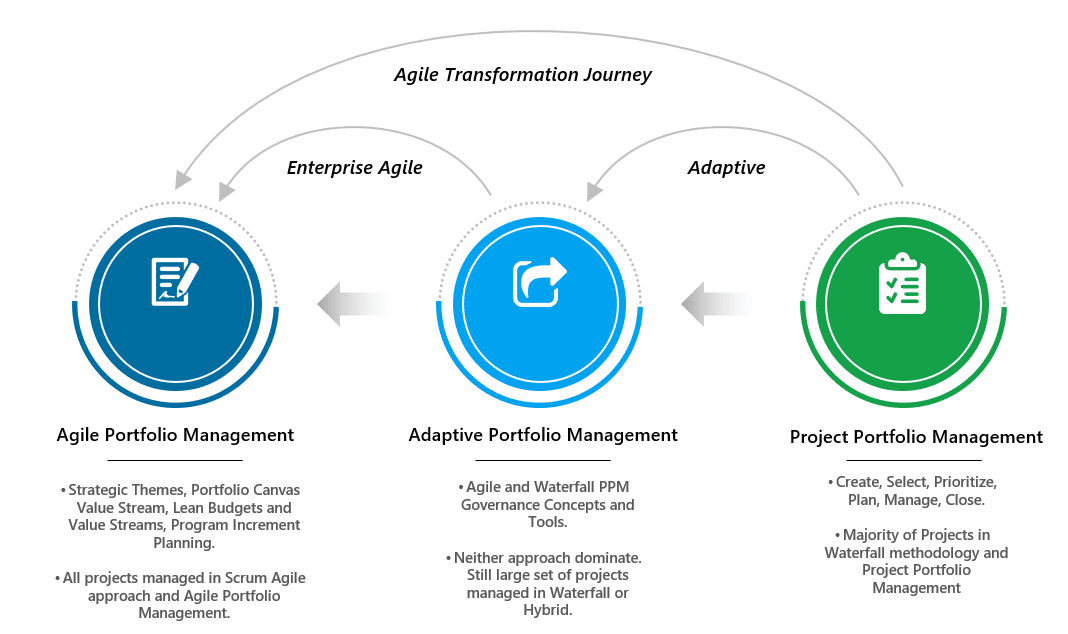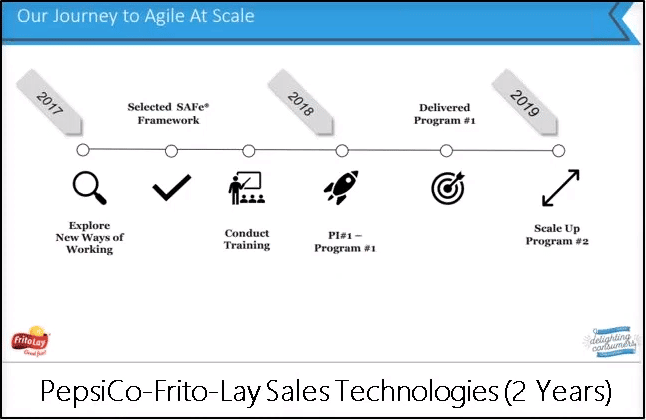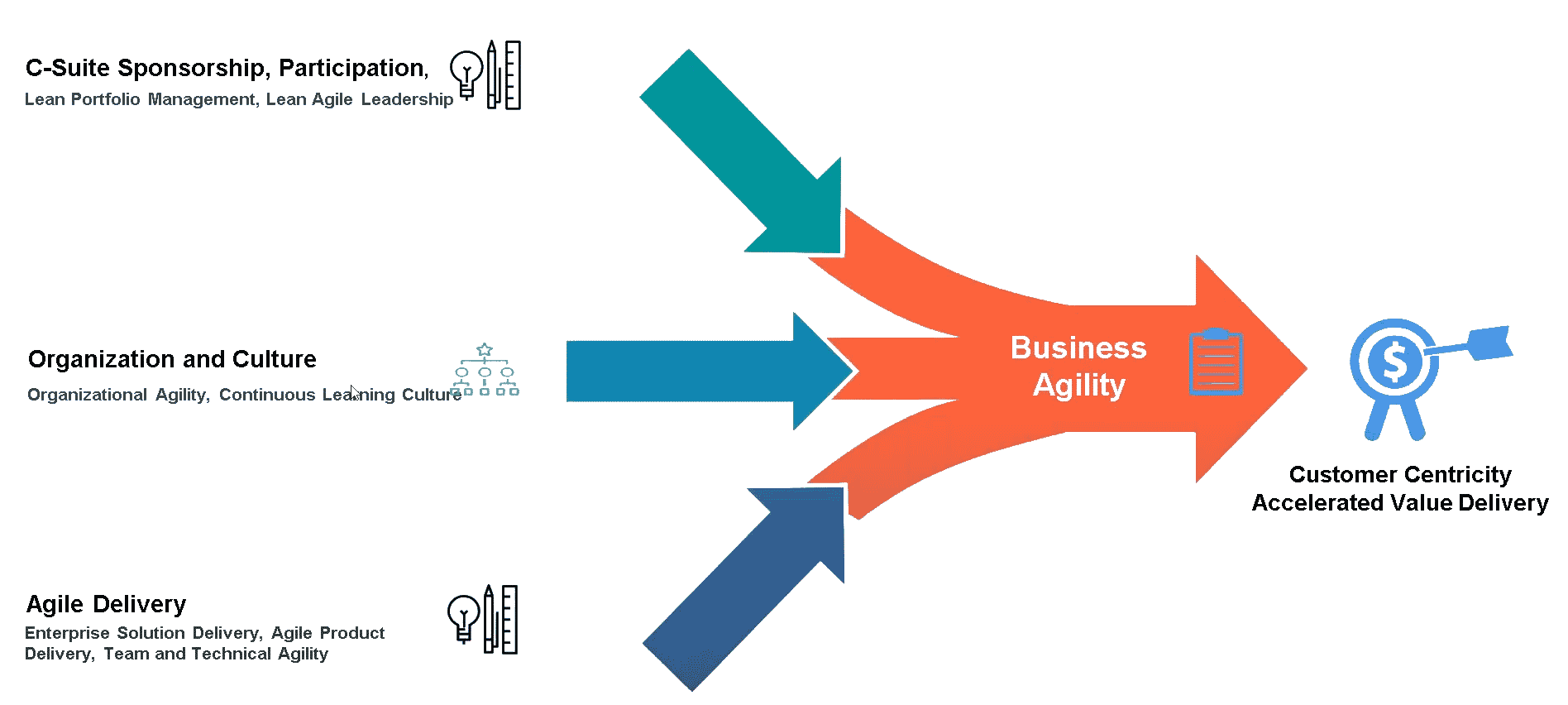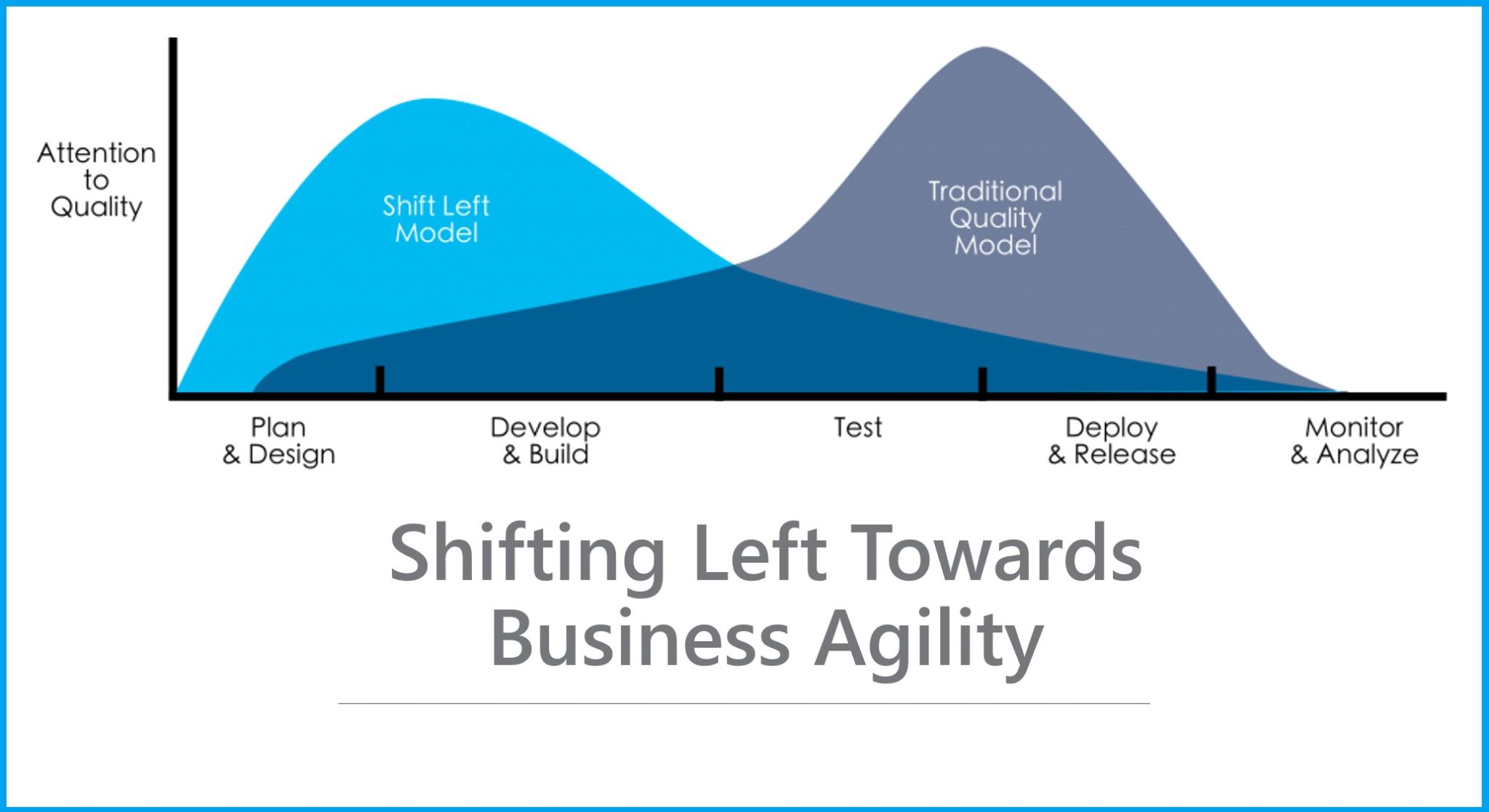The need for business agility is imperative for organizations in the context of the global changing market conditions such as the Covid-19 pandemic. Therefore, more than ever, creating high-performance teams with a focus on customer-centricity is critical for organizations looking to achieve business agility.
A commonly used example is that of a high-performance Formula One pit crew. Acting as a high-performance agile team, the pit crew strives to maximize efficiency and ensuring the driver loses as little time as possible during the pit stop. They must combine coordination, speed, success, and customer focus (getting the driver out to the race in less than 3 seconds) to efficiently complete their objective and promote customer success.
A next step beyond the creation of high-performance teams is gaining and scaling agility. In an agile environment, agile teams must work together using Lean and Agile practices to deliver solutions. This poses a particular challenge for organizations with project management practices that are mixed or hybrid.
In terms of project management practices, Adaptive Project Management has increased as organizations begin their agile journey. Nonetheless, an Adaptive Project Management approach does not provide the full benefits of business agility since waterfall and agile projects are combined into a hybrid methodology. This mixture really does not allow for agile planning to be executed completely. No enterprise agility can be achieved at this stage.
Given the limitations already mentioned, a shift-to-the left is required to scale agility at an enterprise level, moving from an Adaptive Project Management to an Adaptive Portfolio Management. (See below)

Why does Shifting Left towards business agility matter?
Business agility aims to shift the organization left from Project Project Management (PPM) to Adaptive Portfolio Management and finally to Agile Portfolio Management. These states allow an organization to become more purpose-driven and react more quickly to changing market conditions.
The more an organization shifts left to more agile ways of work, the easier it is to focus on meeting customer expectations and business outcomes. As you shift left, you will accelerate customer value delivery from your agile transformation journey.
Today, most organizations reside in the middle, with complete, partial, or mixed Adaptive Portfolio Management implementations. At this stage, some agile scaling might be incorporated into the planning cycle, such as defining agile programs or finding ways to drive velocity in agile teams while still having waterfall projects incorporated into a large portfolio.
Adaptive Portfolio Management can require a long transition state. This is due to the duration of enterprise agile transformations. Companies such as PepsiCo’s Frito Lay, and Bosch have taken several years to achieve their agile transformation. Recent large organization case studies showed the average time to get agile to an enterprise level was around 4 Years, which means shifting left entirely will take time but will produce great results along the way. (source: 2019 Global SAFe Summit Case Study)


OnePlan recommends that you start the agile transformation journey as soon as possible to begin the organizational learning and to reap the immediate benefits from small improvements in customer value delivery. Also, business agility is not just for software product management anymore. High performing organizations across many industries increase their business agility in three distinct ways:
- Through training in agile methods, skills, and organizational change management, plus adding expert agile coaches. This allows for teams to be trained on how to push forward with scaling agile.
- By optimizing PPM to respond to changes in the market, risks, benefits, and other threats and opportunities.
- Implementing agile practices within the PMO and giving the PMO responsibility to transform the whole organization.
Accomplishing business agility and its benefits requires using agile scaling frameworks to shorten implementation time. Selecting the proper scaling framework is critical, and one of the more popular and robust frameworks is the Scaled Agile Framework (SAFe®). SAFe® is “designed to help businesses continuously and more efficiently deliver value on a regular and predictable schedule.”
When preparing for agile execution, using the Scaled Agile Framework allows you to align your strategy, funding, and implementation to optimize operations across your whole portfolio.

Another key aspect of properly implementing SAFe is the opportunity to create an enterprise-wide, lean-agile mindset. This mindset provides the organization’s agile teams the tools to respond quickly to opportunities and provide greater value delivery. Changing this mindset fosters a continuous learning culture that impacts the organization from the executive levels to the agile teams delivering value.
Becoming an agile enterprise can be summarized into three critical elements, all funneled into one end goal. C-Suite sponsorship and participation are crucial as a lean portfolio requires lean-agile leadership. Leveraging this can significantly impact your agile teams and keep the organization heading towards business agility.
The organization’s culture is also another vital aspect to consider. Establishing agile teams and overall organizational agility to align with the companies established or aspirational culture can be a key factor that contributes to business agility.
Finally, delivering solutions with an agile method is essential to becoming more an agile enterprise since it allows customer-centricity to be accelerated across the organization. This is where the implementation of SAFe contributes to achieving business agility.
How can OnePlan help?
OnePlan is the only Portfolio Management solution purposely built for the Microsoft Clouds delivered by an award-winning and recognized Microsoft Project Portfolio Management Partner. OnePlan is a Scaled Agile, Inc. platform partner and enables an organization to implement lean portfolio management using Scaled Agile Framework.
OnePlan solution capabilities provide portfolio visibility, resource management, capacity planning, portfolio cost management, portfolio integrations, and reporting.
OnePlan allows the integration of different planning tools (top-down or bottom-up). As a solution, OnePlan also leverages Microsoft’s Office 365, Dynamics 365, Project for the Web, Azure DevOps, and PowerApps. Integration is also a key component, and OnePlan provides out of the box connectors to Jira, ServiceNow, and other work management systems.


